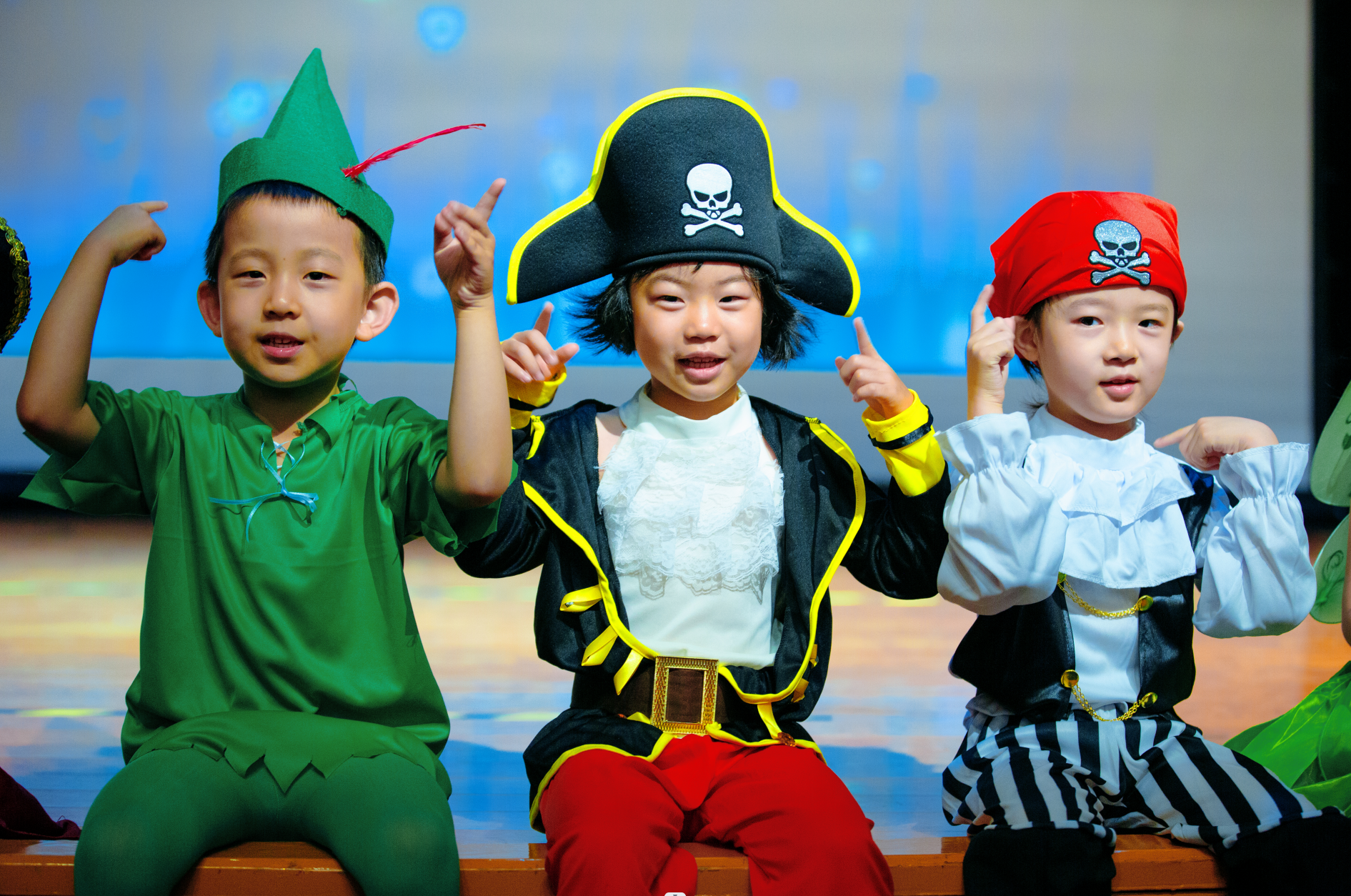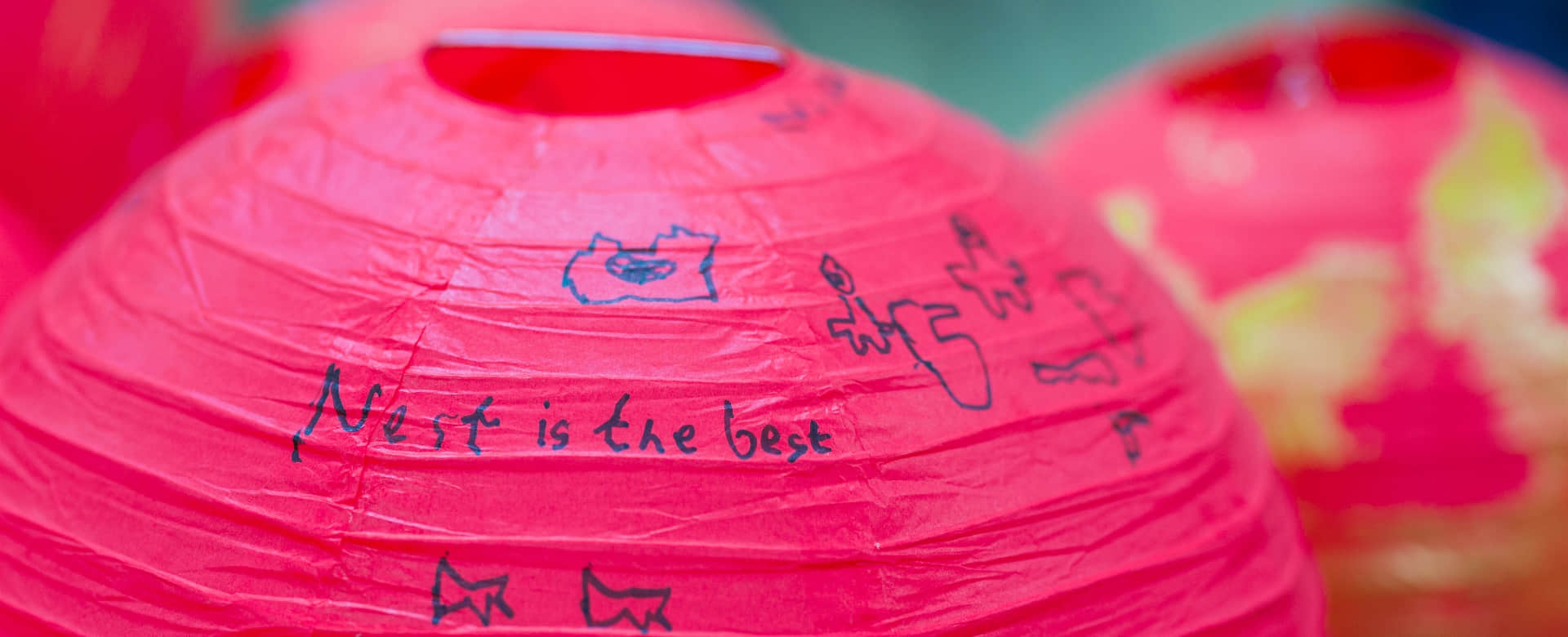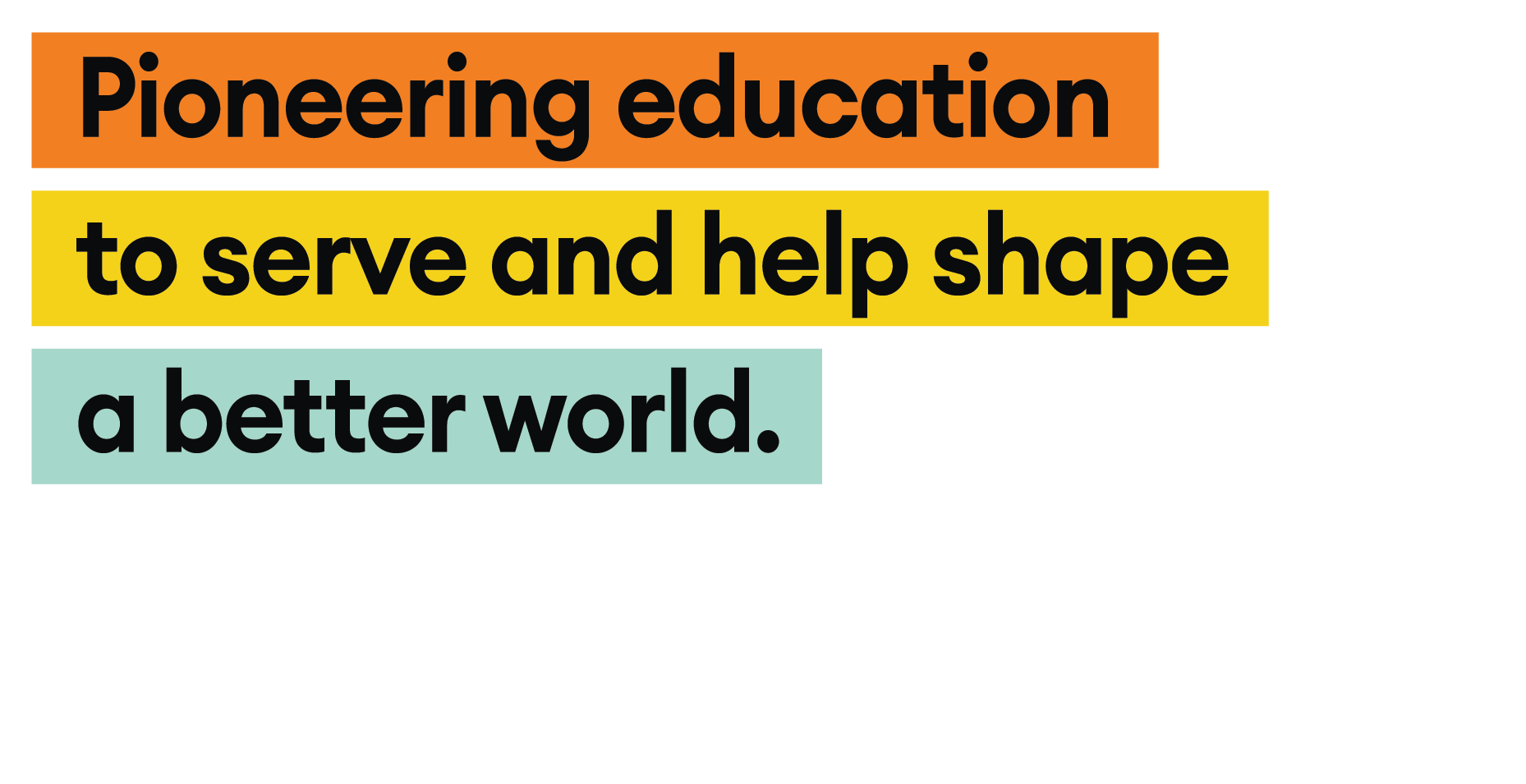Teaching Art Skills in the Early Years Classroom
Ms Justine Broadhurst
Reception Teacher /
Nest 21st Century STEAM Curriculum Lead
Art has long been considered a fundamental aspect of human expression and culture, transcending geographical and physical boundaries. Integrating art skills into early years education holds significant value, fostering not only creativity but also cognitive, emotional, and social development. Evidence shows that exposing young children to art can result in multifaceted benefits that extend well beyond the classroom, contributing to their overall growth and preparing them for future academic and life challenges. ☛ Learn More
Cognitive Development
One of the most profound impacts of incorporating art into early education is the enhancement of cognitive abilities. Art activities such as drawing, painting, and sculpting engage various cognitive processes including observation, interpretation, and imagination. These activities stimulate the brain's right hemisphere, responsible for creativity and spatial understanding, while also requiring logical thinking and problem-solving skills. For example, when a child mixes colours to achieve a desired shade or plans out a structure using building blocks, they are engaging in critical thinking and decision-making processes. Such tasks enhance neural connections and foster mental growth, laying a strong foundation for academic skills including mathematics and science.
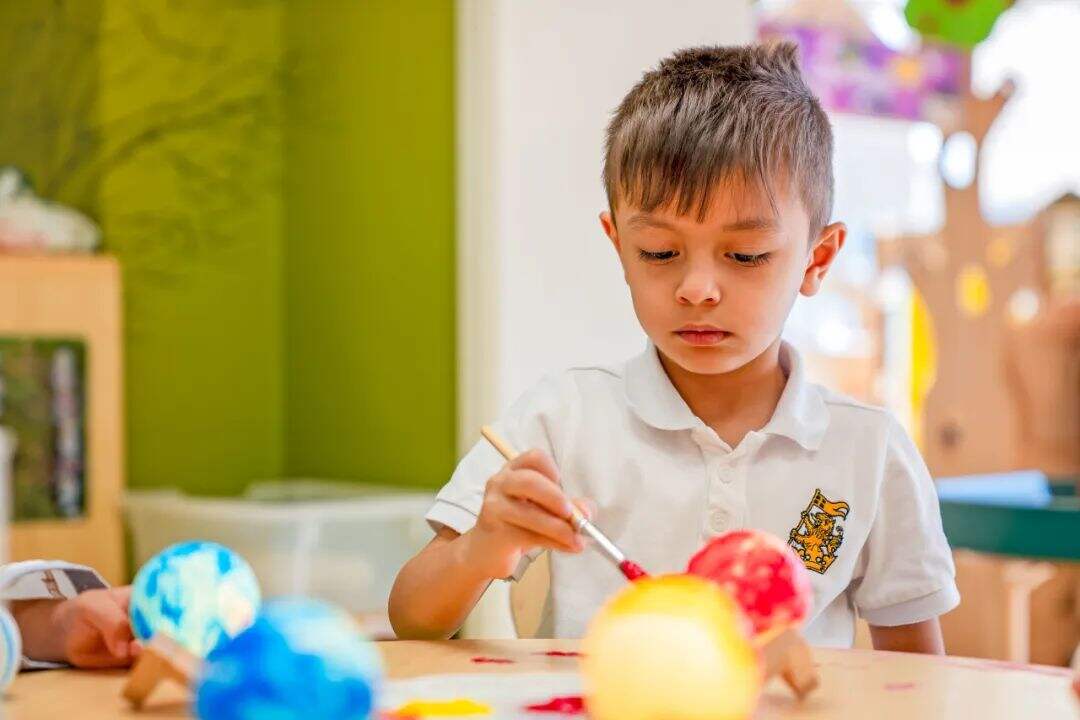
Emotional Growth
Art provides children with a unique medium to express their emotions and experiences, often in ways that words cannot. This form of self-expression is crucial for emotional development, as it helps children understand and manage their feelings. Engaging in art can be particularly therapeutic, helping children navigate complex emotions and stress. It provides a necessary outlet for self-reflection and personal expression, encouraging an emotional resilience that is vital for personal well-being. Teachers who integrate art into their classrooms give pupils the opportunity to explore and communicate emotions in a supportive environment, which can lead to increased emotional intelligence and empathy.
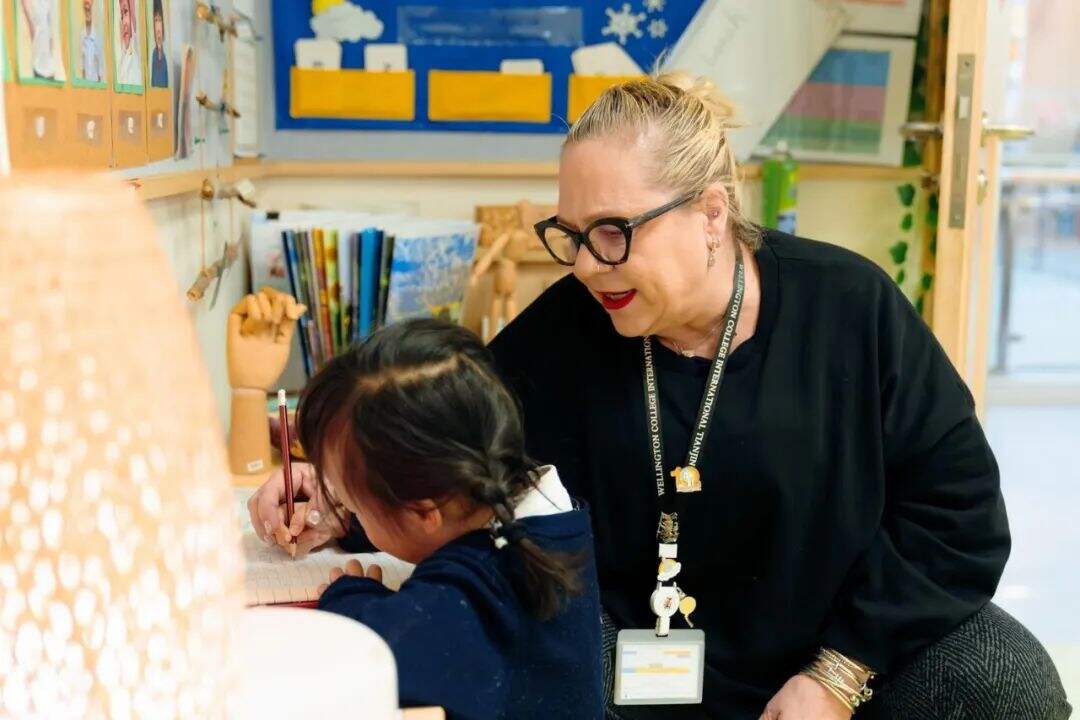
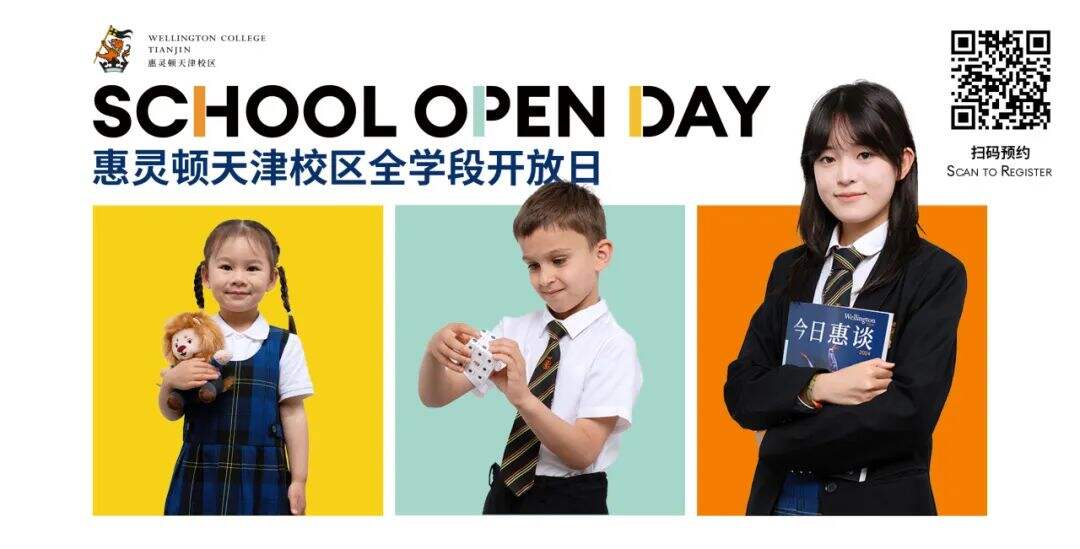
Social Skills and Collaboration
Art activities often involve group work, promoting collaboration and social skills among young learners. Through collaborative projects, children learn to communicate their ideas, listen to others, negotiate roles, and cooperate to achieve a common goal. These interactions are essential for building teamwork and conflict-resolution skills. Additionally, sharing their artwork with peers allows children to receive feedback and develop a sense of community and belonging. The school environment, enriched with collaborative art experiences, becomes a vibrant space where social cohesion and peer relationships are nurtured.
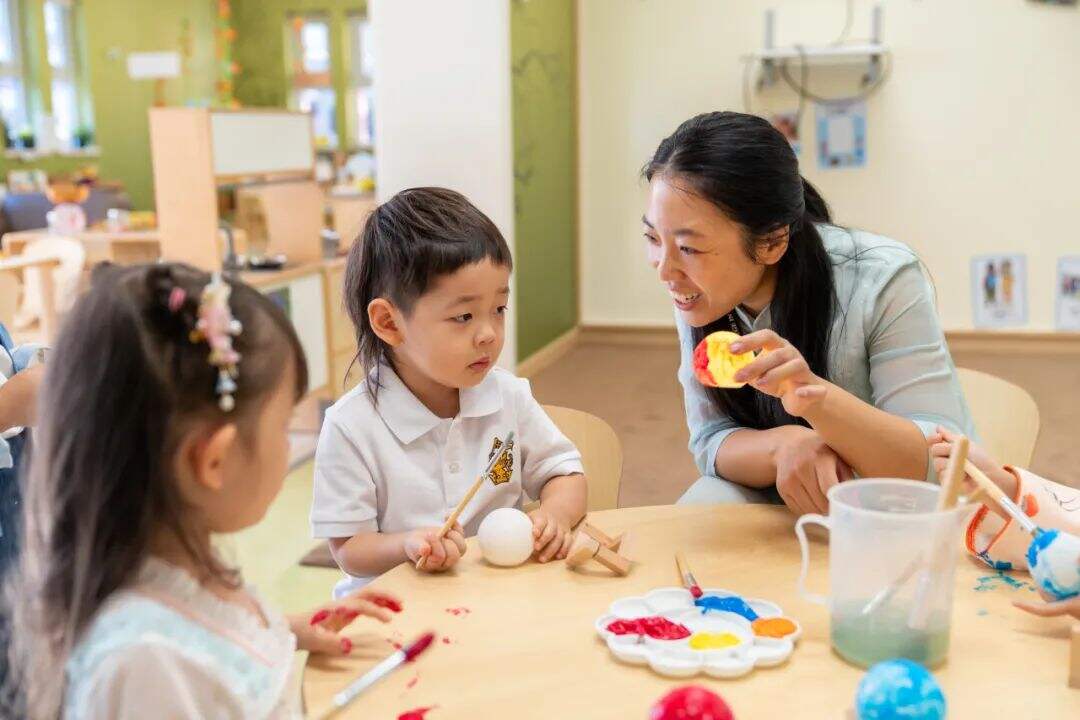
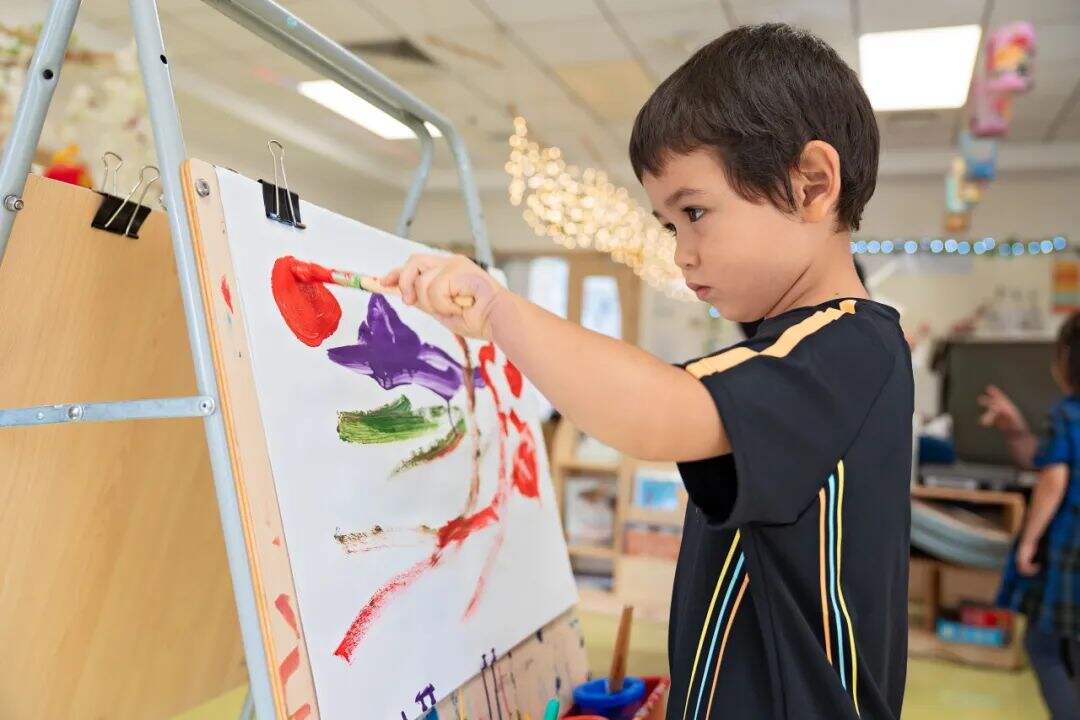
The process of creating and completing an art project can significantly boost a child’s confidence and self-esteem. The act of creating something unique and receiving positive feedback from teachers and peers can be incredibly empowering. Children gain a sense of accomplishment and pride in their work, which reinforces a positive self-image and the belief in their abilities. This confidence can translate into a willingness to take on new challenges and persist in the face of difficulties in other areas of learning and life.
Cultural Awareness and Appreciation
Art education also plays a crucial role in developing cultural awareness and appreciation. Exposure to diverse art forms from various cultures helps children understand and respect different perspectives and traditions. This cultural exposure fosters open-mindedness and inclusivity from a young age, which is essential in our increasingly globalised world.
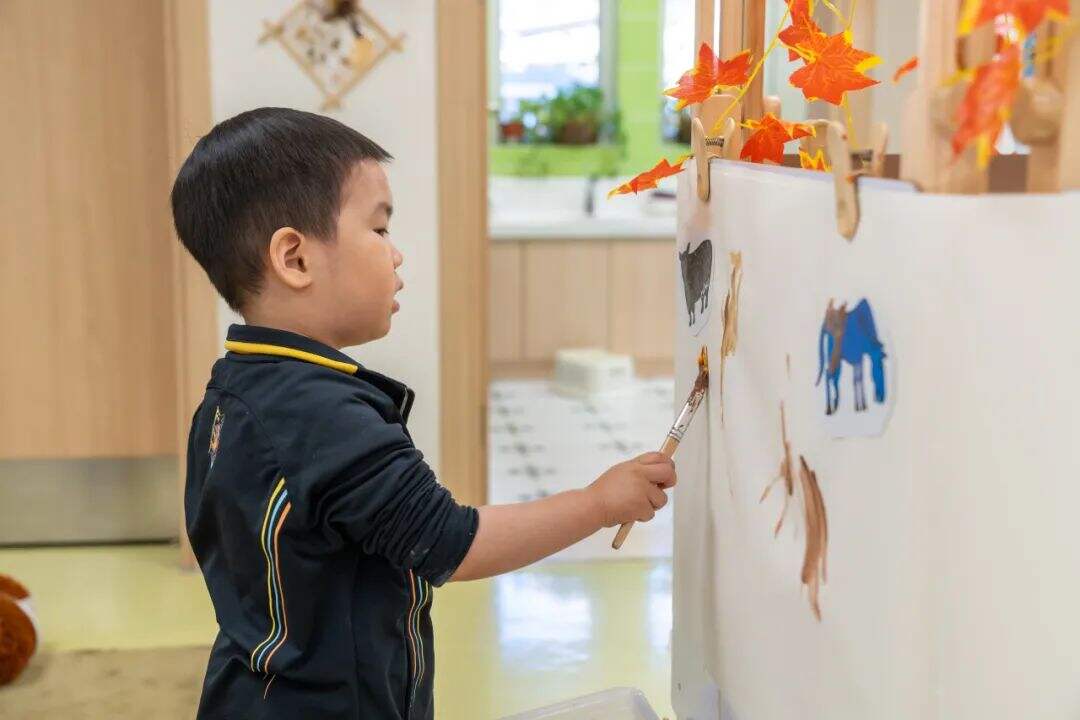
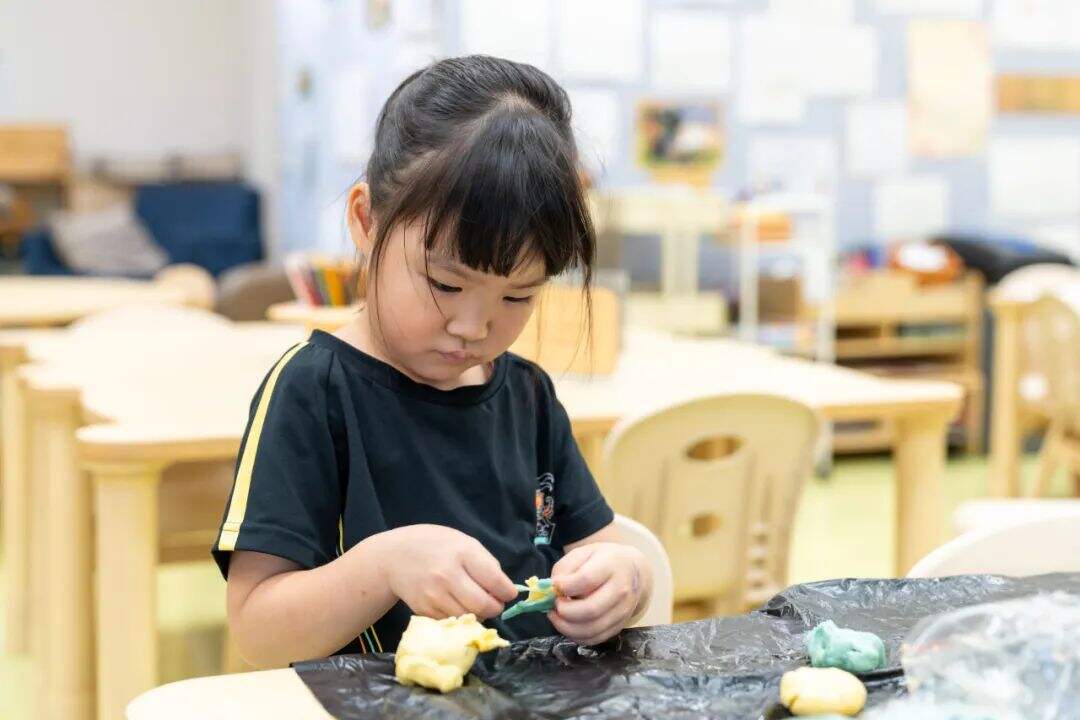
The integration of art skills in the early years classroom is far more than an exercise in creativity; it is a vital component of holistic child development. By nurturing cognitive abilities, emotional well-being, social skills, confidence, and cultural awareness, art education equips young learners with essential tools for academic success and personal growth. It is for all these reasons that Wellington College Tianjin prioritises and supports comprehensive art provision in our early childhood programme to ensure that children reap the myriad benefits art has to offer.
Related Articles








 Channel
Channel 
 Linkedin
Linkedin  Weibo
Weibo  Facebook
Facebook  Ins
Ins 

